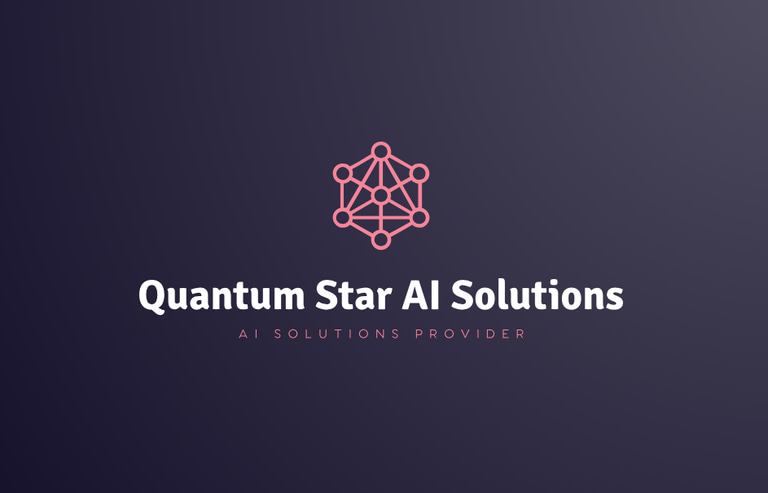Pushing Boundaries with Edge and Spatial Computing
We explore the Enterprise's strategic foray into three core domains of Edge and Spatial Computing - Real-Time Analytics, Augmented Reality (AR) Integration, and Spatial Data Management, each serving as a pillar for its cutting-edge operational mode
Quantum Star AI Solutions
8/26/20232 min read

As we transcend into a new era of digital transformation, Edge Computing and Spatial Computing are emerging as quintessential technologies that promise to redefine the traditional computing paradigms. By processing data closer to the source and integrating the physical and digital worlds, these technologies are fostering real-time insights, enhanced user experiences, and a new level of operational efficiency. This case study delves into the journey of a pioneering enterprise (referred to as 'the Enterprise') as it navigates the realm of Edge and Spatial Computing to carve a niche of innovation and market leadership.
Case Study Overview: We explore the Enterprise's strategic foray into three core domains of Edge and Spatial Computing - Real-Time Analytics, Augmented Reality (AR) Integration, and Spatial Data Management, each serving as a pillar for its cutting-edge operational model.
Real-Time Analytics:
Operational Optimization: By leveraging Edge Computing, the Enterprise achieved real-time data processing at the source, enabling instantaneous insights into operational performance. This facilitated prompt decision-making and optimization of processes, significantly enhancing operational efficiency and responsiveness.
Predictive Maintenance: With the capability to analyze data in real-time, the Enterprise could predict equipment failures before they occurred, reducing downtime and maintenance costs, and extending equipment lifespan.
Augmented Reality (AR) Integration:
Enhanced Customer Engagement: Spatial Computing, coupled with AR, ushered in a new era of customer engagement for the Enterprise. By offering immersive and interactive experiences, it could captivate customers and carve a distinctive market position.
Operational Training and Support: Utilizing AR for interactive training and operational support, the Enterprise significantly reduced the learning curve for employees, enabling faster onboarding and enhancing productivity.
Spatial Data Management:
Asset Tracking and Optimization: The integration of Spatial Computing facilitated accurate asset tracking and optimization. By understanding the spatial relationship between assets, the Enterprise could optimize resource allocation and streamline workflows.
Safety and Compliance Monitoring: By leveraging spatial data, the Enterprise could monitor and ensure compliance with safety standards in real-time, fostering a safer and compliant work environment.
Conclusion: The case study exemplifies how the amalgam of Edge and Spatial Computing can serve as a catalyst for innovative transformation. The Enterprise's journey illuminates a pathway for other organizations aspiring to harness the potential of these avant-garde technologies to foster real-time insights, augmented experiences, and a new dimension of operational excellence. As the narrative unfolds, it's evident that the fusion of Edge and Spatial Computing is not merely a fleeting trend but a cornerstone for the future of digital enterprise.
Contact us
Whether you have a request, a query, or want to work with us, use the form below to get in touch with our team.


Location
8 The Green STE D,
Dover, DE 19901, USA
Hours
Mon-Fri 9:00AM-5:00PM
Contacts
+1302-330-7381
hr@quantumstarai.com
